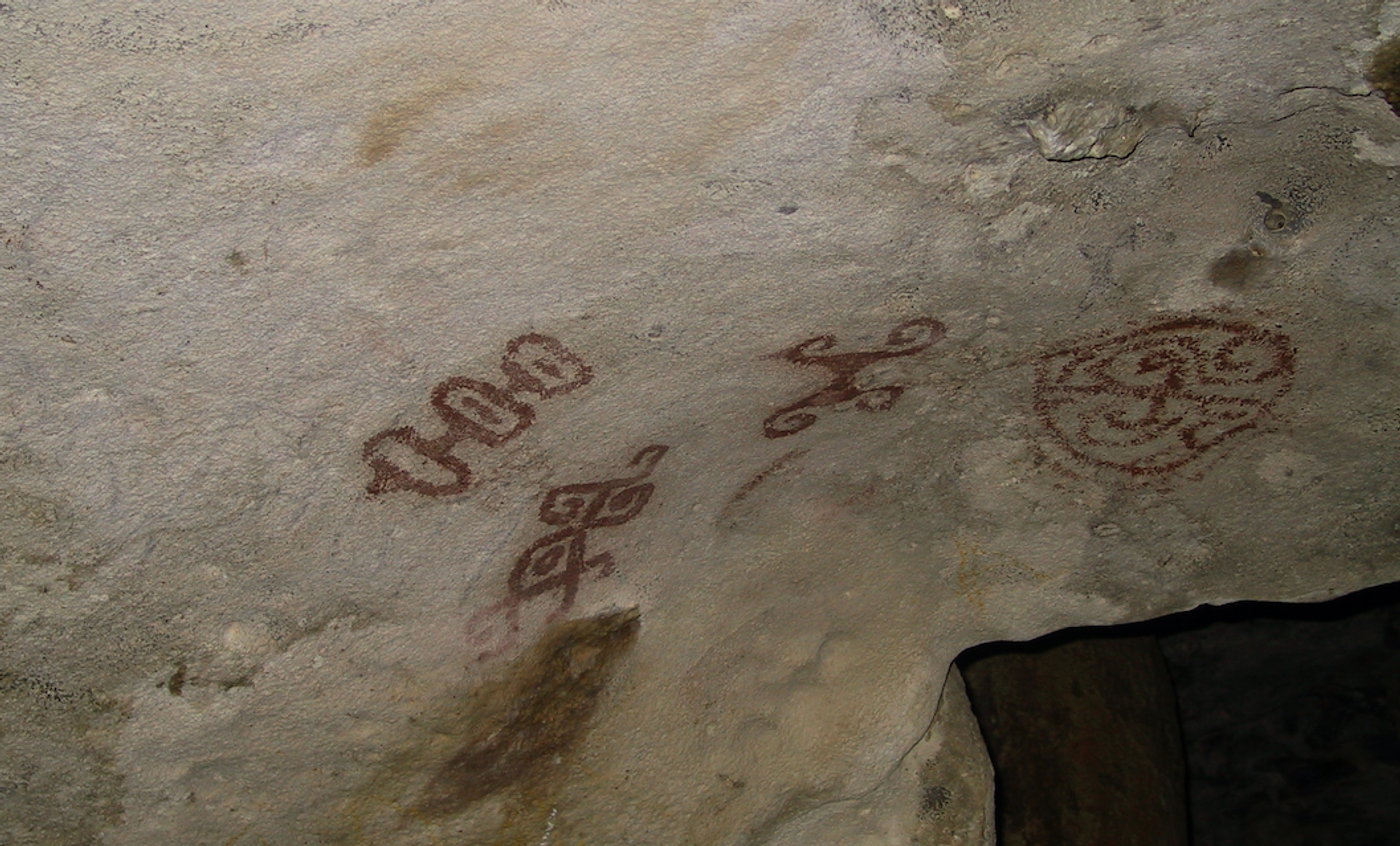Exploring the Genetic History of Caribbean Populations
Humans are thought to have first settled in the Caribbean islands about 6,000 years ago during the Archaic Age, and used stone tools. Around 3,000 to 4,000 years later, clay pottery developed during the Ceramic Age. Europeans arrived about 2,000 years later. Both scientists and people in the Caribbean have long wondered where the original inhabitants came from, and whether anyone living there today has a connection to these Archaic Age groups. Researchers have used genetic tools to answer some of the questions surrounding the history of humans in the Caribbean.
Reporting in Nature, an international team of scientists analyzed new genetic data from 174 people and ancient DNA that had already been sequenced from 89 individuals from several places including the Bahamas, Cuba, Curaçao the Dominican Republic, Haiti, Guadeloupe, Puerto Rico, Venezuela, and St. Lucia. The work revealed what kind of genetic features were seen in Caribbean people from 400 to 3,100 years ago.
“We now have a much clearer picture of the biological interactions that took place—or didn’t take place—between groups of genetically distinct people in the ancient Caribbean,” said the co-first study author, Kendra Sirak, a research fellow in the lab of David Reich, a professor of genetics in the Blavatnik Institute at Harvard Medical School and professor of human evolutionary biology at Harvard University.
Co-senior study author Reich noted that this effort makes the Caribbean the first site in the Americas where ultra-high-resolution ancient DNA data has been obtained outside of western Eurasia. “These kind of data mean that we can now ask questions about the past that could not be addressed before,” said Reich.
The work suggested that people of the Caribbean during the Archaic Age are likely descended from one source population located in Central or South America. There was little North American ancestry of note, contrary to previous work. However, the genetic characteristics of Ceramic Age people had the most similarities to Arawak-speaking populations in northeast South America, which agrees with archaeologic and linguistic evidence.
The researchers suggested that Cermanic Age people came to the Caribbean after migrating from South America through the Lesser Antilles about 1,700 years ago or more. These ceramicists likely replaced the residents who were still using stone tools. Only a small fraction of this stone-using Archaic population is thought to have survived and managed to persist in Cuba until Europeans came on the scene.
Only on "extremely rare" occasions did Archaic people intermingle with Ceramic people, although the study was comprehensive enough to find three instances of that occurring, noted Sirak.
The style of the Ceramic people of the Caribbean shifted dramatically over 2,000 years before the Europeans arrived. Some have hypothesized that the arrival of outsiders played a part. This work indicates, however, that the genetics of the ceramic artists did not change much; outsiders were not arriving and adding to the gene pool.
“The same population developed extraordinarily different artistic styles over time,” explained Reich. “It highlights the creativity and dynamism of these ancient people.”
“Our results support connectivity networks between ceramic-using groups, which may have worked as catalysts for spreading ceramic style transitions throughout the region,” said co-first author Daniel Fernandes of the University of Vienna.
The genetic analysis seems to emphasize “just how important the social, cultural, human aspects of life are,” said Keegan. “Significant changes in material culture are not just genetically driven.”
The discovery stresses the tragedy that “the group capable of all this cultural diversity” were devastated by the arrival of Europeans, said Reich.
Sources: Harvard Medical School, Nature










